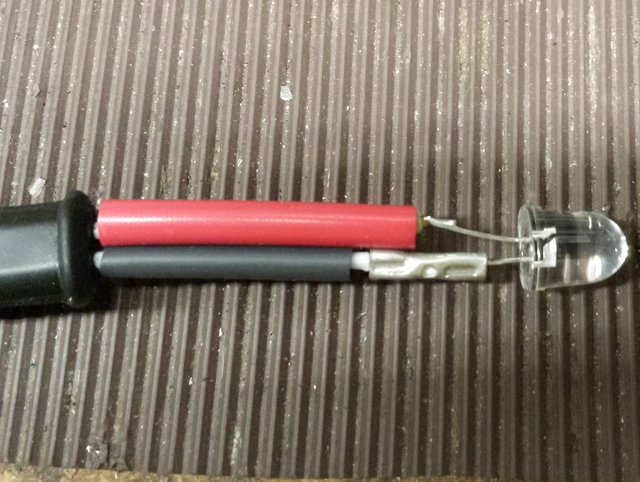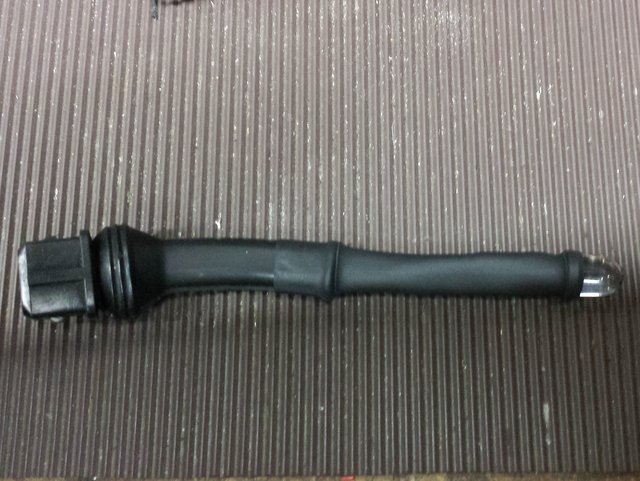84B23F
Well-known member
- Joined
- Feb 11, 2008
- Location
- Kansas, USA
"At full throttle, manifold pressure is close to barometric, so the fuel pressure gauge reads about 2.5 bar (36 psi). At idle, absolute pressure in the manifold is about 0.3 bar (0.7 bar less than barometric). Now the manifold absolute pressure pushing the pressure regulator diaphragm is only 0.3 bar instead of 1 bar. The reduced manifold pressure on the diaphragm allows it to move away from the opening, returning more fuel to the tank, and dropping the gauge fuel pressure in the distributor pipe to about 1.8 bar (2.8 absolute). The relative pressure at the injector tip is still 2.5 bar (2.8 minus 0.3 absolute). That's why fuel delivery per injector is not affected by changes in the manifold absolute pressure."
1.8 bar = 26.1 psi
1.8 bar = 26.1 psi



